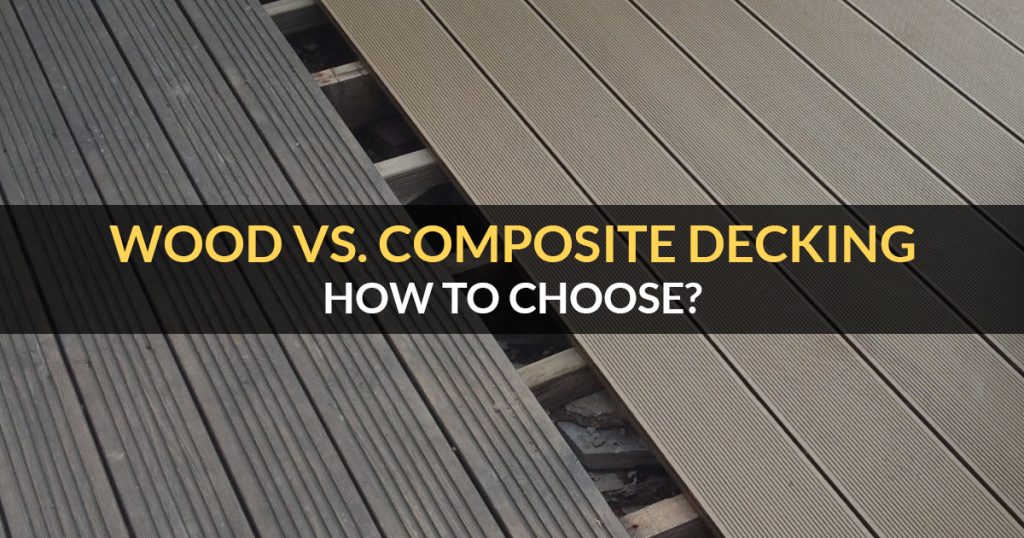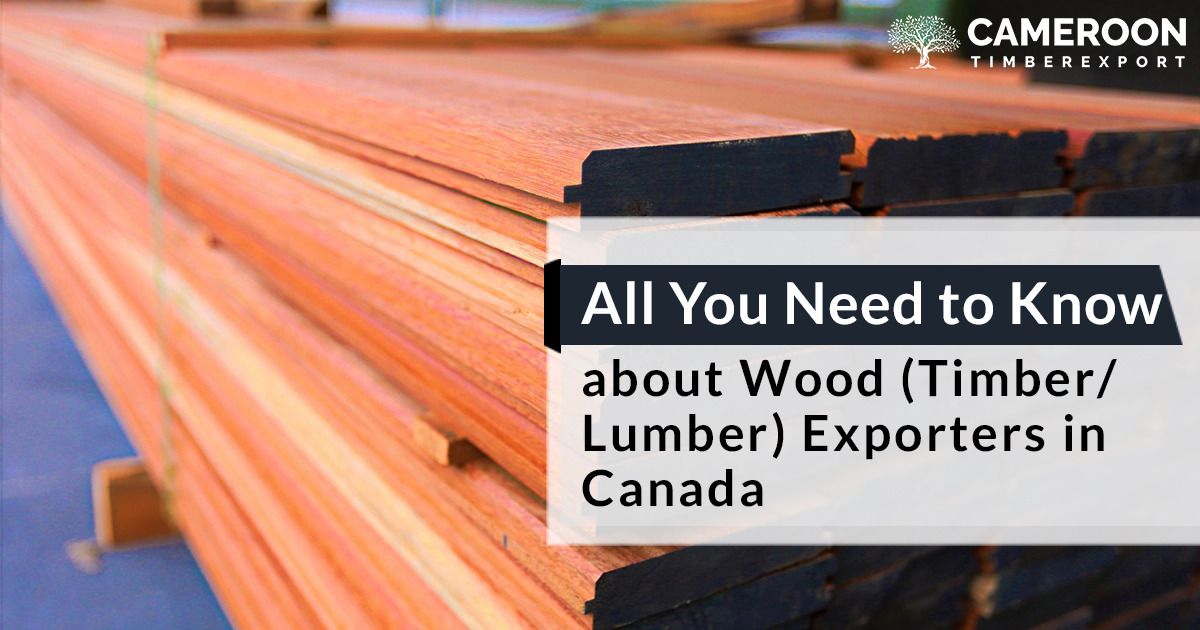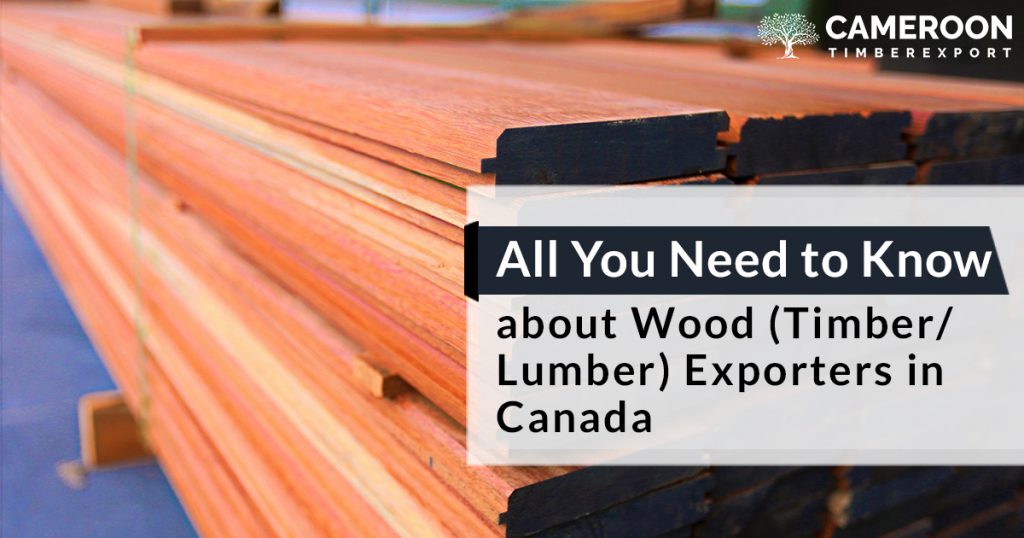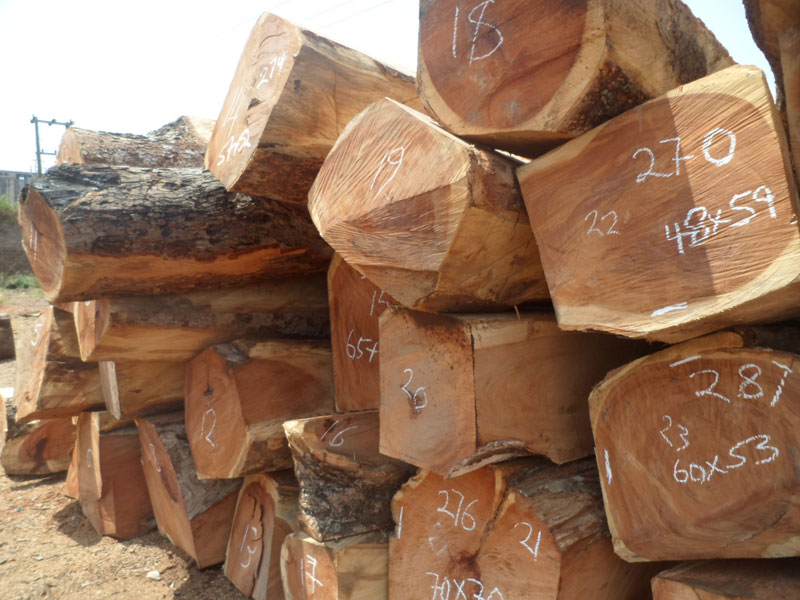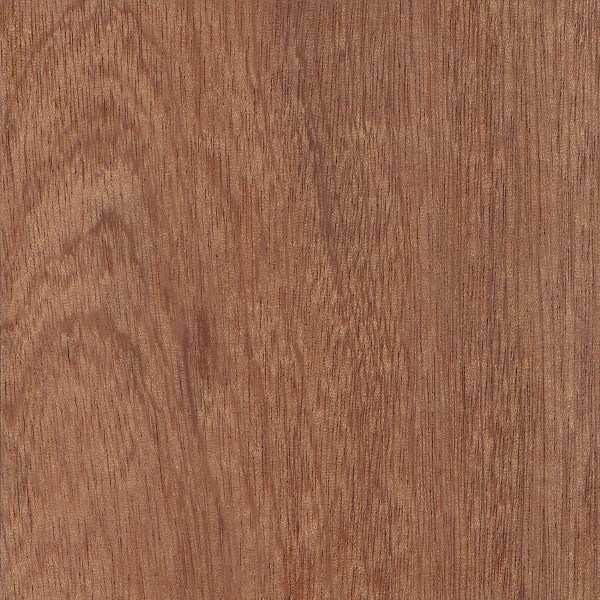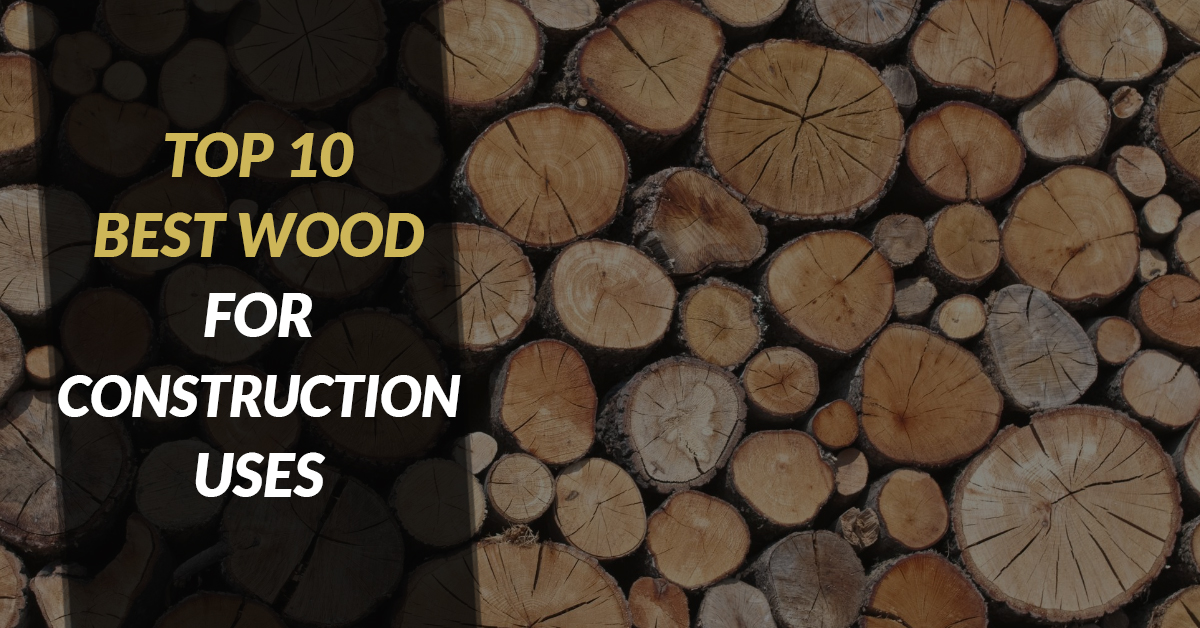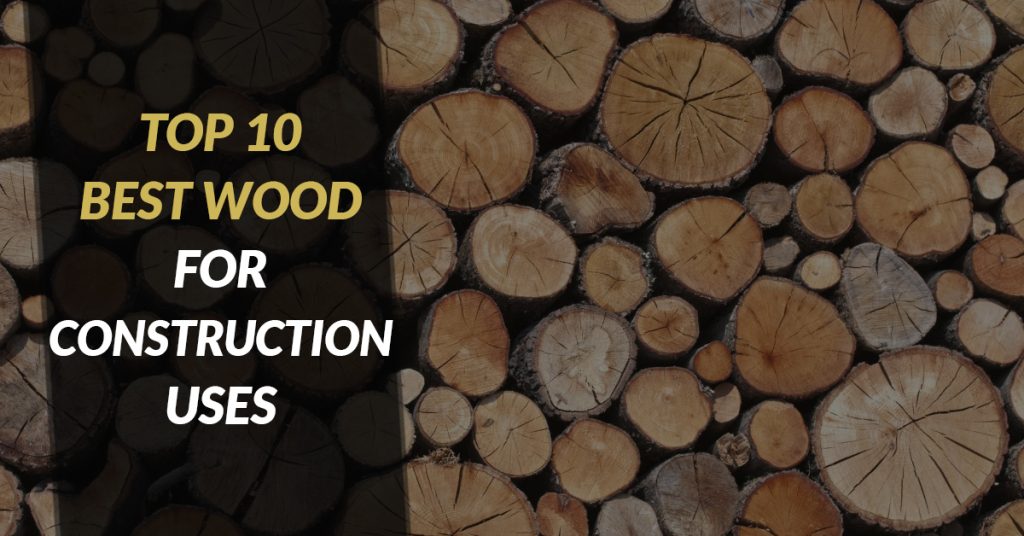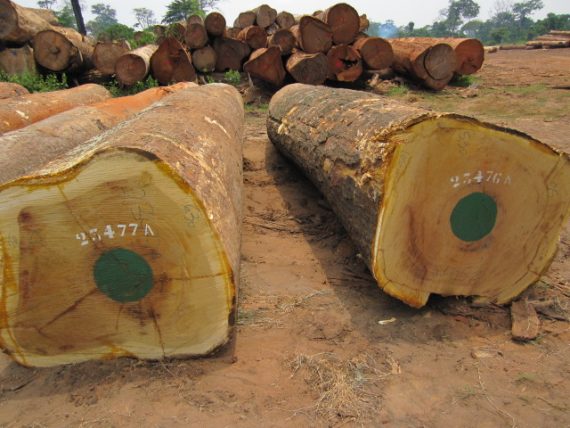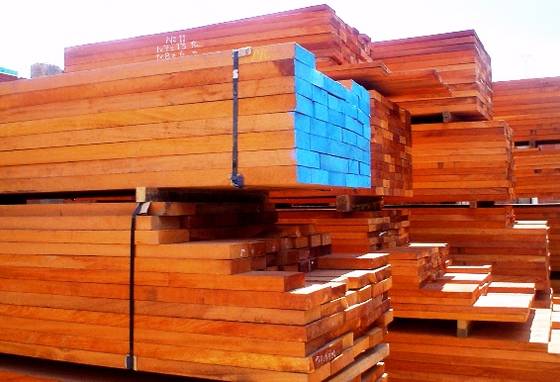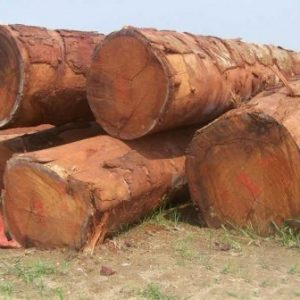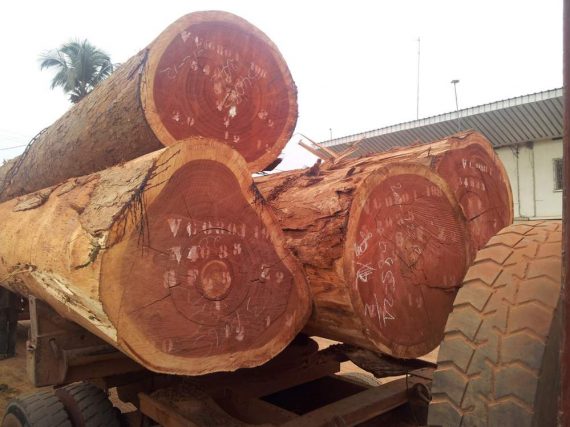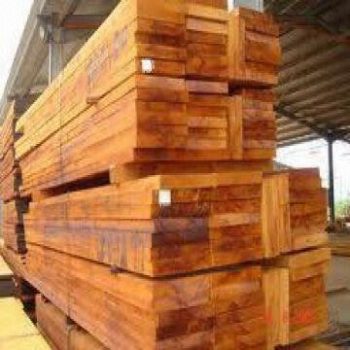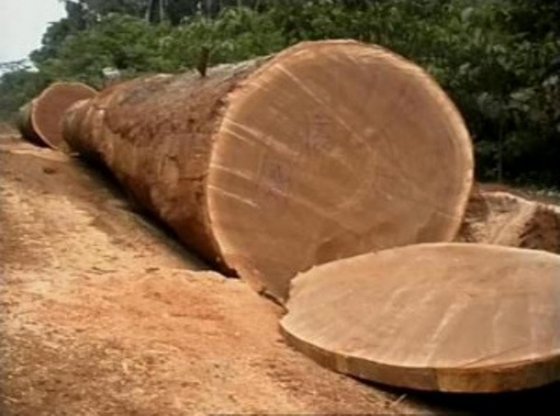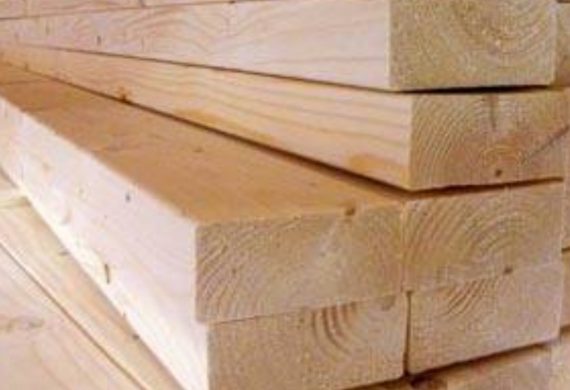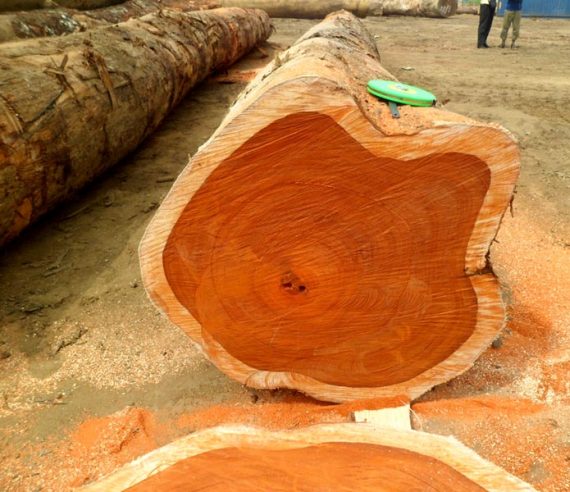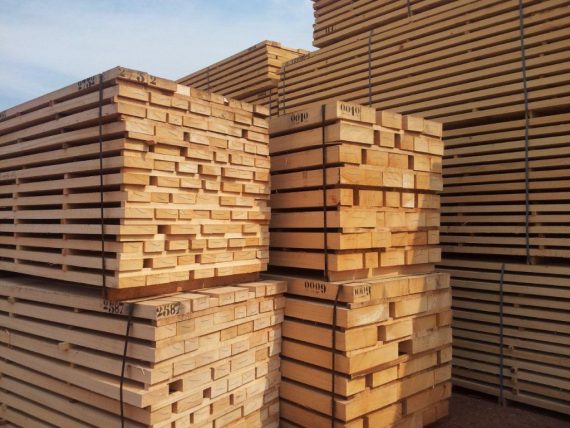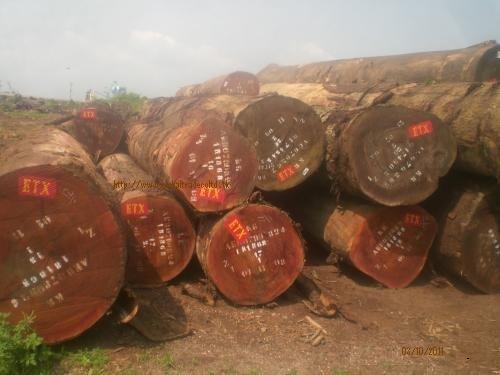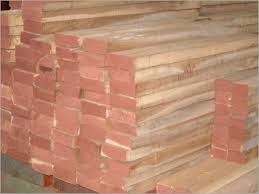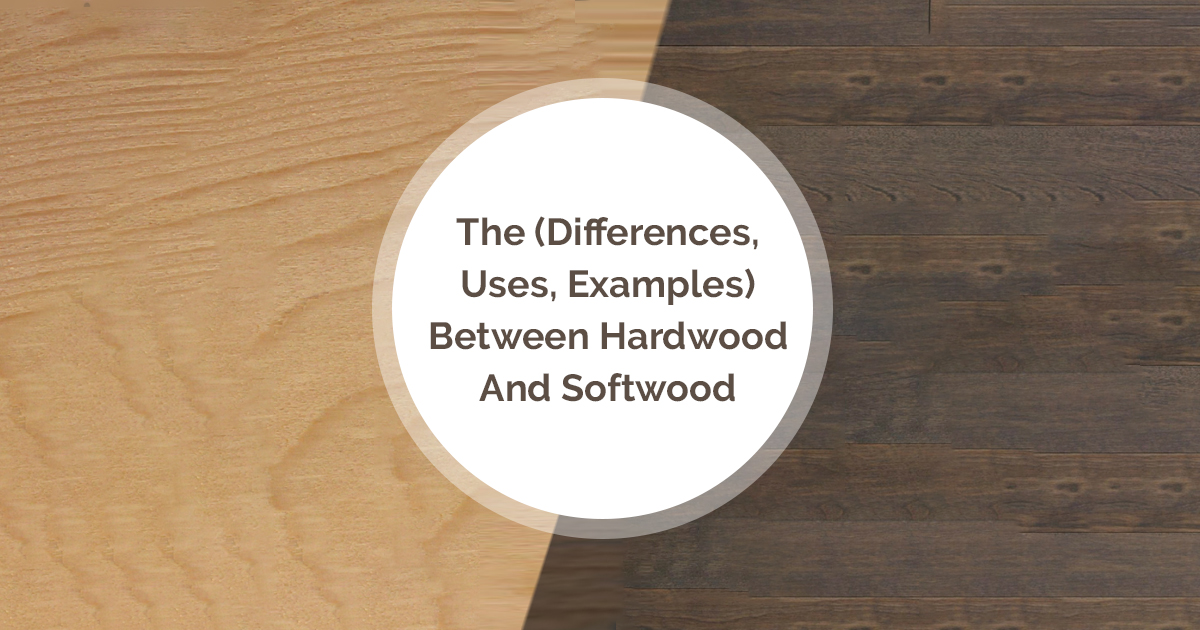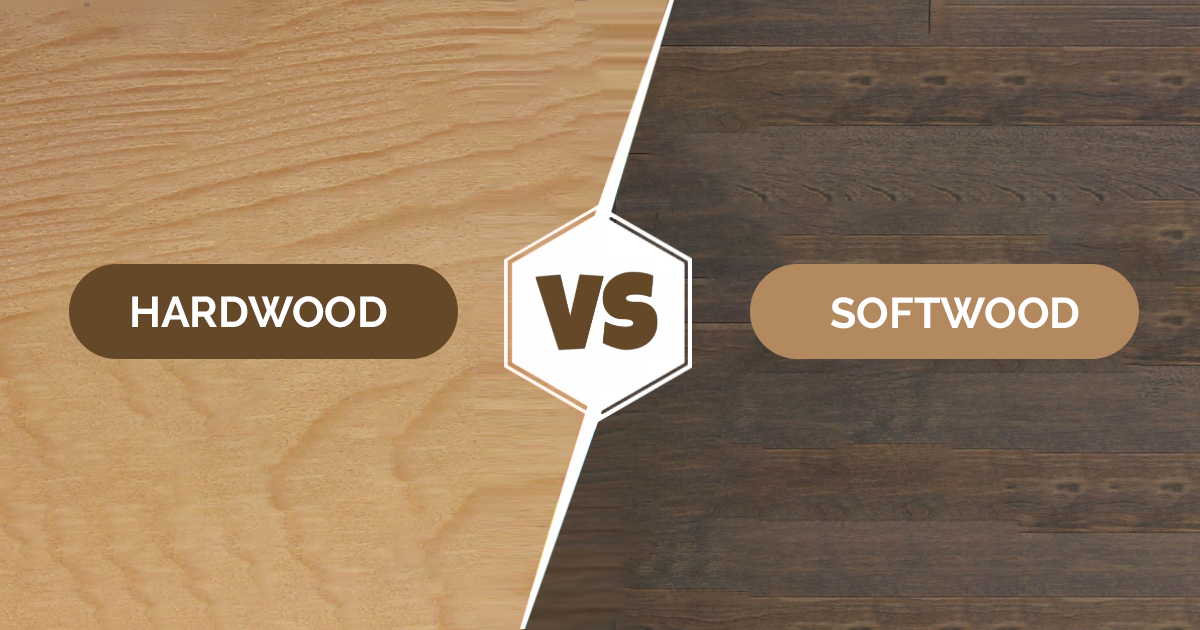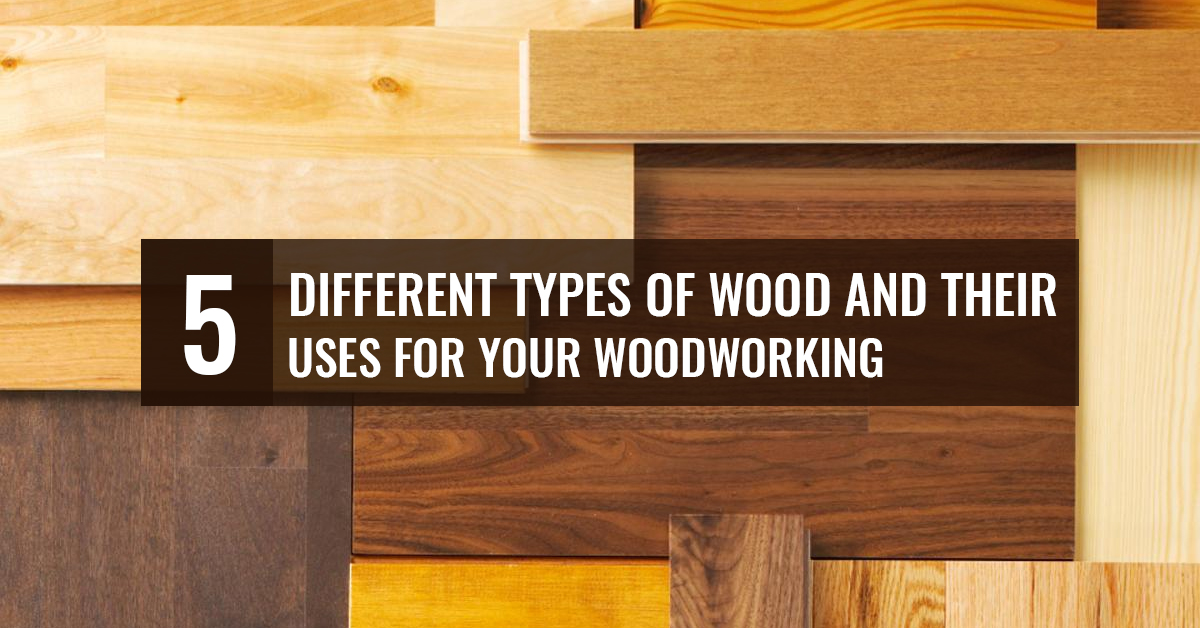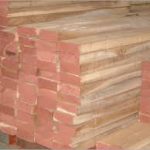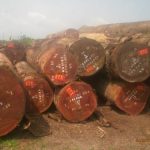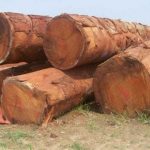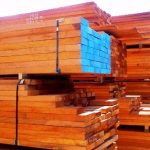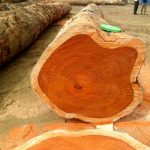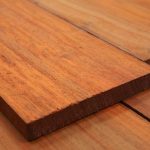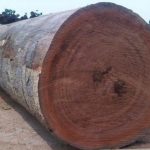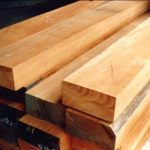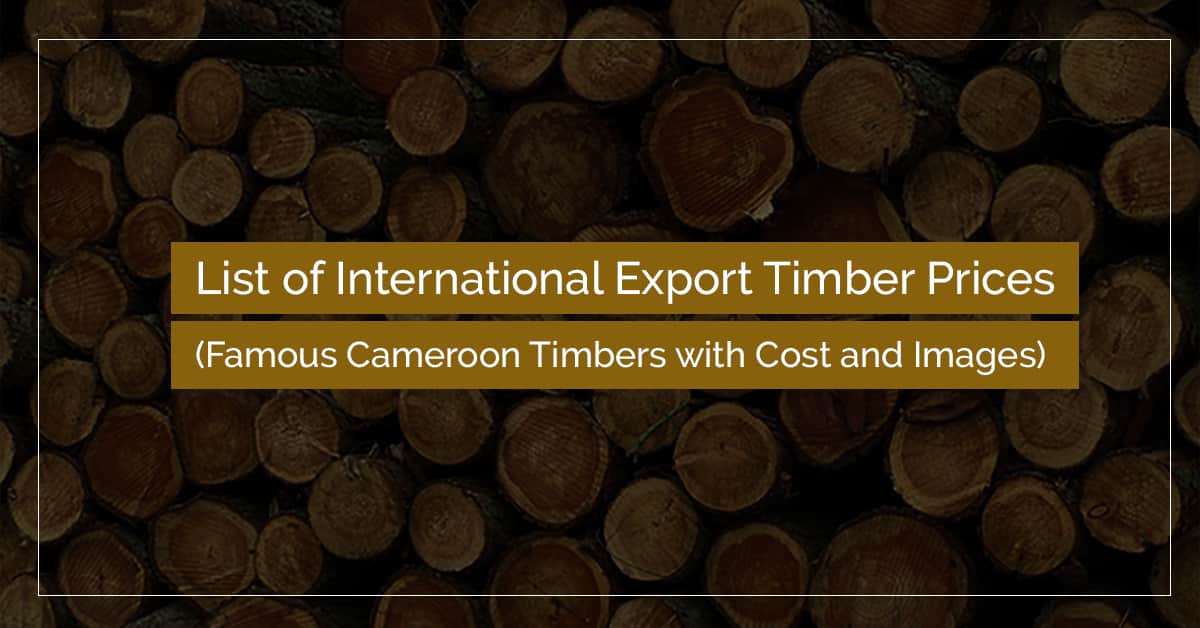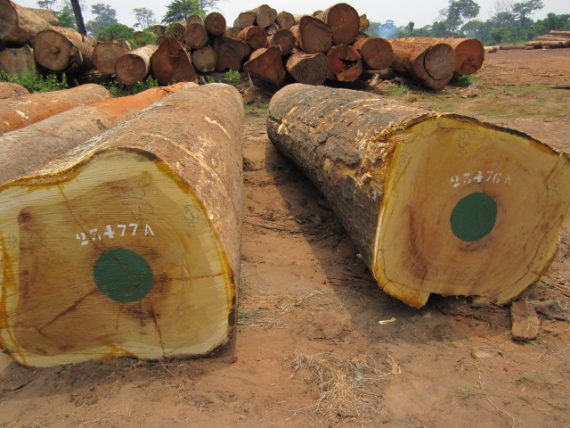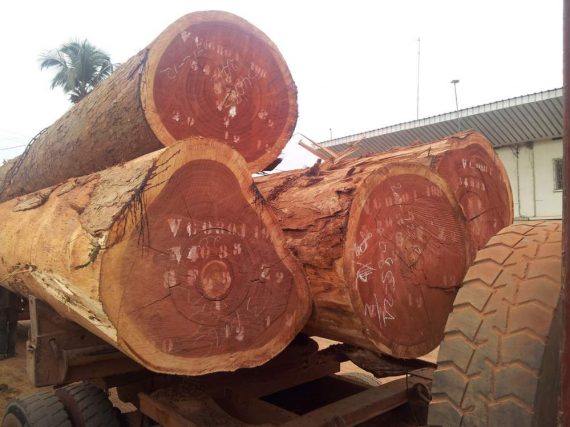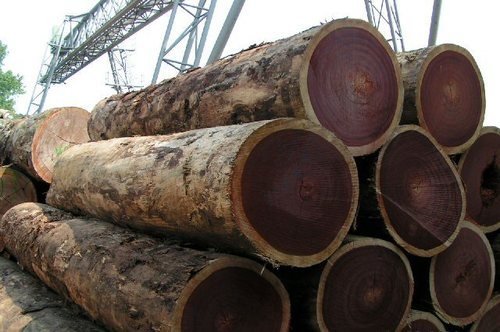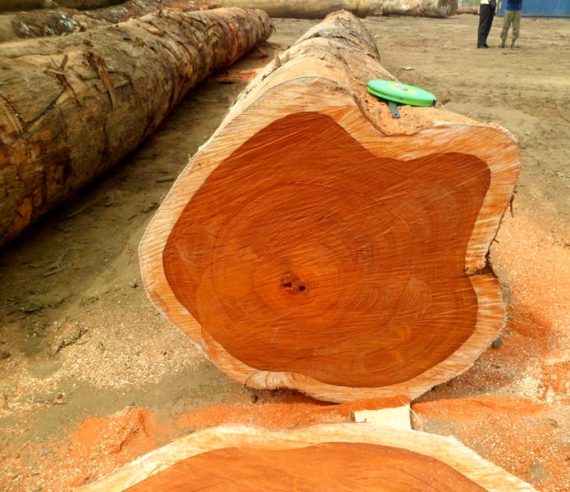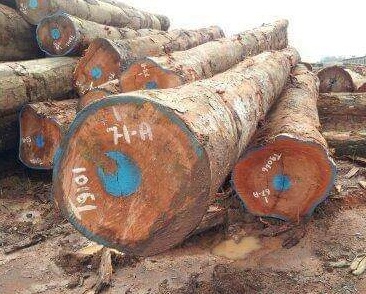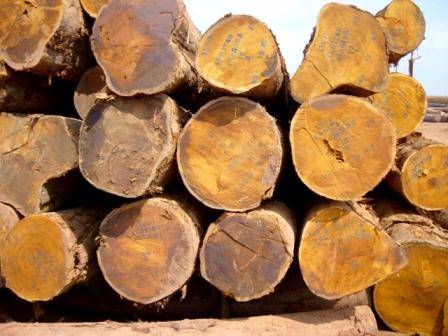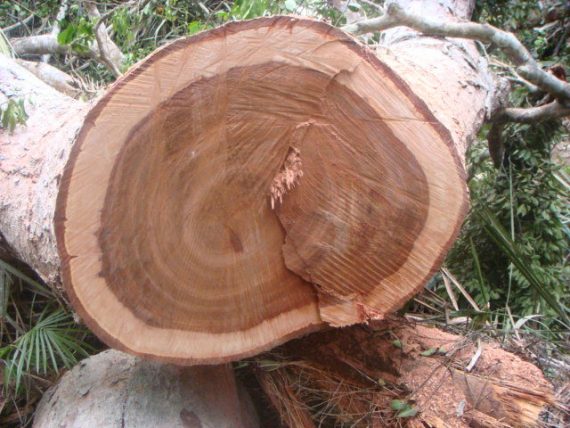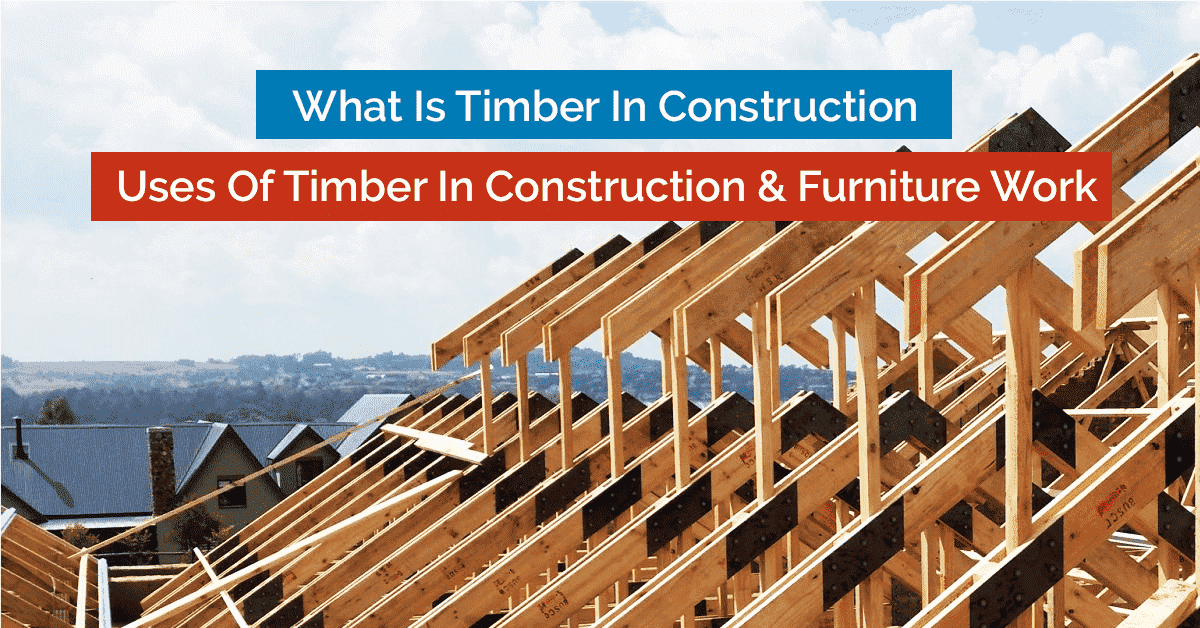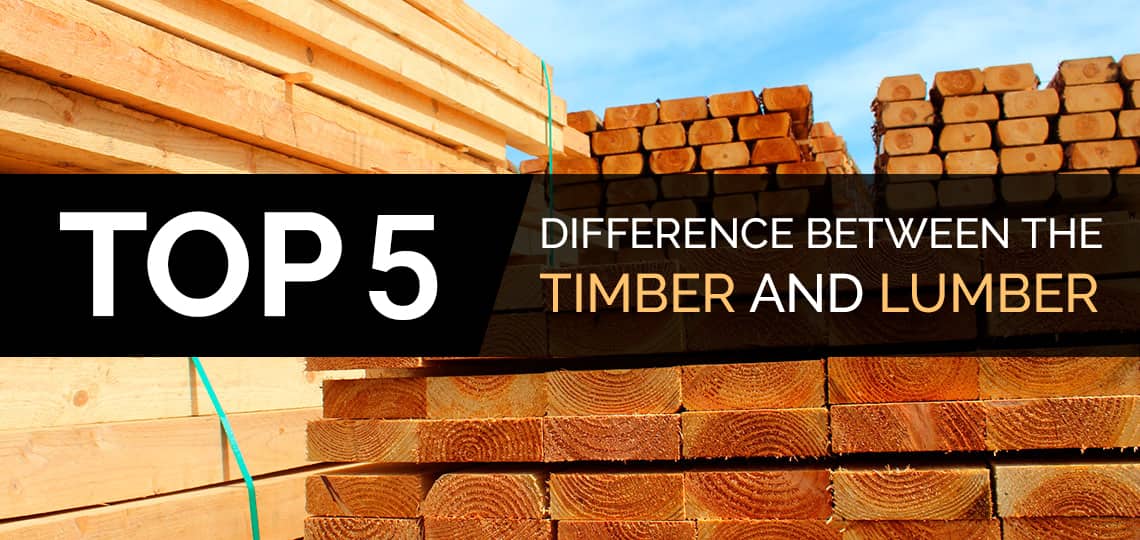Wood is a natural, general-purpose product used for manufacturing furniture, decks, building, and plywood, among other things. It is known to be one of the strongest and most durable materials for construction. Industrial Wood is produced from trees of various species, such as oak, pine, mahogany, and ebony.
When it comes to deck building, composite is usually considered the best or most preferred alternative to natural wood/timber. Composite is a mixture of wood fibre and plastic, which is stronger and denser than normal wood. It is generally made of recycled wood and plastic. So, what makes one good over the other? Let’s try to find out.
Different Types of Wood vs Composite Decking
When it comes to choosing the best material for decks, the options are truly unlimited. Whether you opt for a solid wood deck or a composite deck, there are many options in each category in terms of wood species and composite types.
1. Solid Wood Decking
There is something really appealing and compelling about a solid wood deck. And it’s not just about the beauty of natural wood but also the incredible warm feeling under your feet when walking on a real wood deck.
Another good thing about a deck made of solid wood is that it is naturally produced without impacting the environment. However, you must be careful to buy your wood deck only from an FSC-certified timber supplier to ensure sustainability.
A solid wood deck has many other benefits over composite or other kinds of decking. The natural appearance it gives to your exterior cannot be replaced with something artificial. The huge variety of colour and natural grain pattern options available with wood species are also unparalleled.
Moreover, wood is a naturally strong and durable product that can withstand weathering and Sun and might be resistant to decay, insects, and the like. Solid wood can withstand considerable loads and can go years without needing any heavy maintenance or replacement. It is a stable, sustainable, and easy-to-work-with choice for decking material.
1.1. Hardwood Decks
Hardwood is a type of solid wood that is obtained from deciduous trees, i.e. trees that lose their leaves once a year. Some popular examples of hardwood include oak, teak, maple, walnut, and ash.
Hardwoods are known for their outstanding strength and durability, which refers to their ability to withstand weathering, decay, insect attack, and other natural casualties. Many hardwoods, but not all, feature a dark reddish-brown colour which gives a stunning appearance to any piece made from it. However, not all hardwoods are dark and/or durable.
Hardwoods like Teak, Ipe, Oak, Iroko, and Cherry are some of the best options for wood decking. They are preferred for their incredible strength, natural durability, and awesome appearance. Hardwood decking is stable and can withstand rough use without catching scratches and dents easily.
Hardwood decking is almost always better than softwood decking in terms of quality and lifespan, but it can be an expensive decking option because softwoods are usually affordable and more easily available than hardwoods.
1.2. Softwood Decking
Softwood decks, similar to hardwood decks, can offer all the benefits of a solid wood deck. They are beautiful, strong and can last very long if maintained properly.
Softwood is a type of wood that is produced by conifer trees, i.e. trees that have needles in place of leaves and retain them always. Common examples of softwood include pine, cedar, fir, and spruce.
Softwoods are characteristically softer and less strong or durable than hardwoods, but that may not always be the case. Some softwood species, such as yellow pine, hemlock, and Douglas fir are quite strong and also somewhat durable.
Softwoods make a wonderful choice for wooden decking. They are beautiful, strong, and most importantly, they are less expensive than hardwoods. In most cases, softwood needs to be treated to enhance its strength and durability in terms of decay resistance before it can be used for decking.
Yellow Pine, Cedar, and Redwood are some of the best choices for softwood decks.
2. Composite Decking
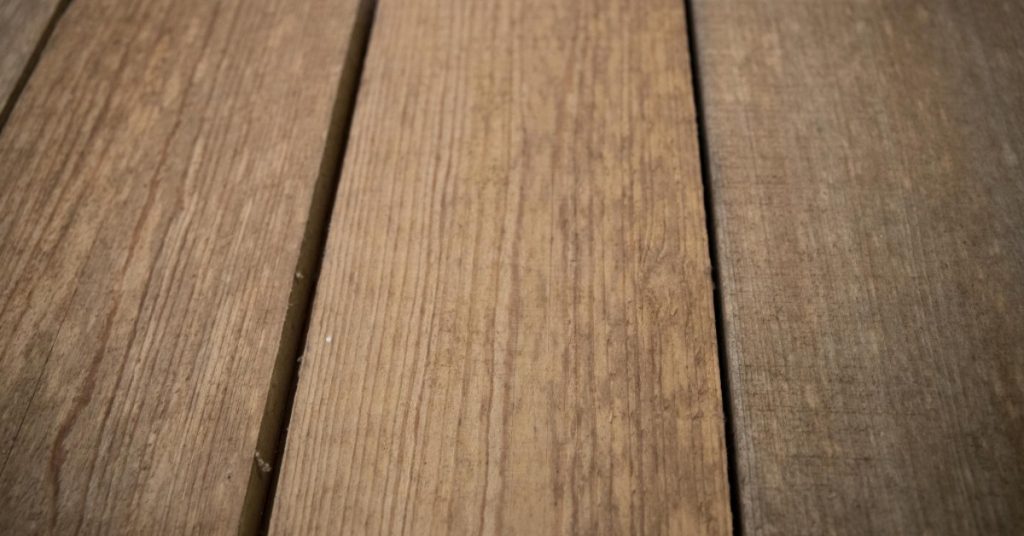
If you’re looking for a deck that isn’t made of real wood but looks like wood, composite decking is your best option.
As the name suggests, a composite deck is made up of more than one material. It generally encompasses wood and other materials like plastic, resin, etc. Also called synthetic decking, this type of deck is man-made in a factory or mill and goes through significant processing, which makes it a less sustainable choice than real wood decking. Also, composite decks may not as easily decompose as wood decks when discarded.
Depending on the material and the construction process, some common types of composite decks are as follows:
2.1. Wood-Plastic Composite (WPC) Deck
This type of composite deck is made by combining natural wood fibres (obtained from bamboo, wood pulp and other woods) with plastic powder. It makes a strong and moderately-durable deck. WPC is also considered an environmentally-friendly decking option because it is made from waste materials and can be recycled for reuse when the deck is no longer useful. It is also easy to work with, paint, saw, drill, nail, and screw.
2.2. Cellular PVC
Cellular PVC is a man-made wood alternative often used for non-wood decking. It is made from polyvinyl chloride (PVC), which is a durable material resistant to water and insects. It’s lighter, stronger, and more eco-friendly than commercial plastics.
2.3. Mineral-Based Composite
Mineral-based composite (MBC) is another popular option for composite decking. It is particularly prized for its higher strength and stability. MBC decks are resistant to expanding, warping, decay, and insect attack. It can also be seamlessly customised to make it look like real wood by adding colour and texture. However, it is not at all friendly to the environment.
Wood vs Composite Decking : Factors to Consider
Here are the top things to consider in order to make the right decision between wood or composite for decking.
1. Place
The place where you’re planning to put the deck is going to be a major factor in deciding the wood decking type. You have to consider the various possibilities, like the amount of shade or sun at the place and whether you are going to use it in-house or outside in the full sun.
It matters because decks in the open (full sun) are supposed to receive direct heat, which makes them prone to fading or warping. Also, sunlight can make them too hot to walk barefoot. On the other hand, decks in close areas like shades are likely to get mold or stains and require regular care.
As for the wood type, composites are usually better for in-shade decking because of their high resistance to decay and rot. Similarly, darker colour composites are not ideal for open sun placing. So, bright-coloured wood species like mahogany, ironwood, or iroko are ideal for such conditions. Wood with high rot resistance is perfect for in-shade decking.
2. Pests
When you’re using decks in the open, the chances of them getting hit by pests and insects is always high. Carpenter bees are the most damaging of pests that can ruin your beautiful deck by making deep holes in it. If you are using wood decking, make sure that it is pressure treated, which makes it resistant to insects. Composite decking is also a good option because of its high pest resistance.
3. Maintenance
Like all other things in life, your decks require proper, regular care (cleaning), irrespective of whether it is made of wood or composite. If you are considering wood for decking, be ready to finish it annually to avoid the risk of fading. Also, wood decking needs to be cleaned and re-stained once every 2-3 years, which is not a major issue unless your deck is large in size.
Pressure-treated wood is usually the best option. Teak is also a good option, considering you can find it at a good price. Try CameroonTimberExport for the best quality African timber.
4. Cost
Cost is also one of the important factors to consider while choosing material for decking. This is, in fact, a major reason why most people avoid composite decking because of the high initial cost.
Wood is a cost-effective alternative to that. When it comes to the best hardwood decking, most people would go with Teak because of its high rot resistance. But, you should also consider the pricing, as teak does not come cheap. Alternatively, you can consider using Mahogany, which is an affordable option. Find a reliable timber supplier in your area and enquire about wood decking prices.
5. Softwood Vs Hardwood Decking
Both softwood and hardwood are used for decking. While the most common hardwood options for decking are iroko and teak, softwood decking is usually made of pressure-treated softwood like pine or redwood. The right choice between a softwood deck and a hardwood deck will depend on the decking location, budget, and exposure to the weather.
Need help? Contact CameroonTimberExportSarl at to find out the best wood for decking and buy your favourite timber at wholesale price online with worldwide doorstep delivery.


